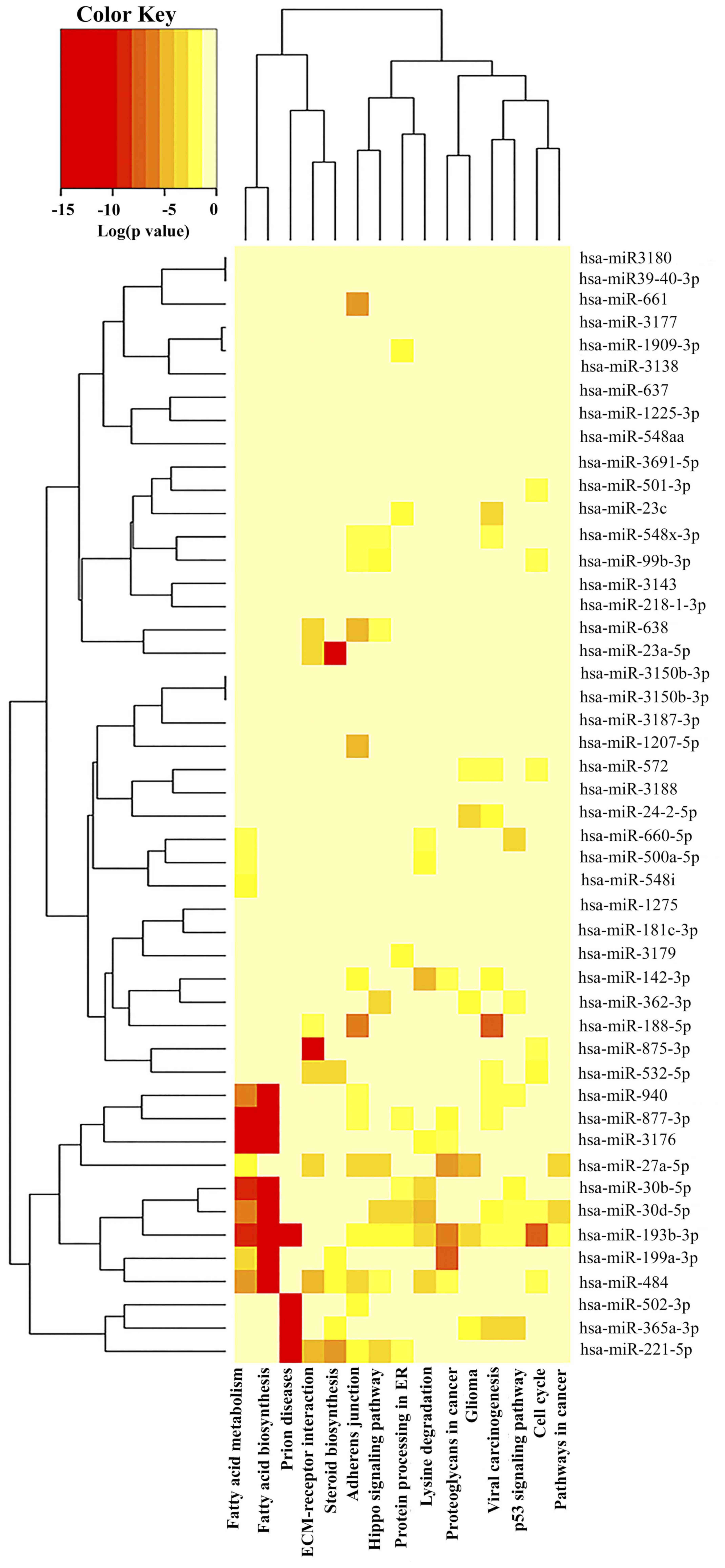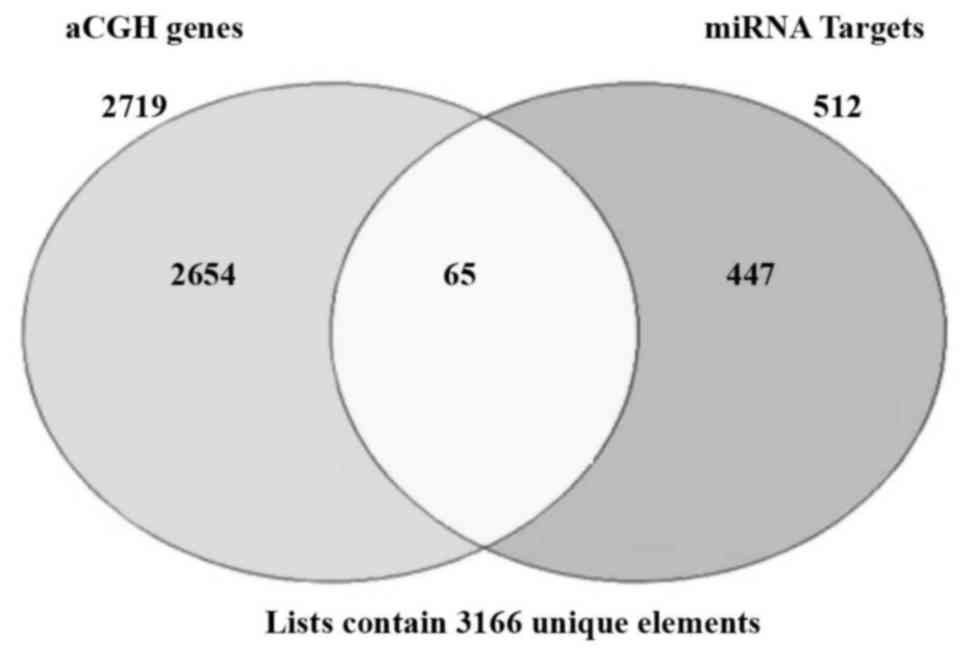Patterns of copy number alterations in primary breast tumors of South African patients and their impact on functional cellular pathways
- Authors:
- Published online on: October 10, 2018 https://doi.org/10.3892/ijo.2018.4589
- Pages: 2745-2757
Metrics: Total
Views: 0 (Spandidos Publications: | PMC Statistics: )
Total PDF Downloads: 0 (Spandidos Publications: | PMC Statistics: )
Abstract
Breast cancer is the most common and the leading cause of female mortality among South African (SA) women. Several non‑biological and biological risk factors may be attributed to their observed high mortality rate; however, the molecular profiles associated with their breast tumors are poorly characterized. The present study examined the patterns of genome-wide copy number alterations (CNAs) and their potential impact on functional cellular pathways targeted by cancer driver genes in patients with breast cancer from the Western Cape region of SA. Array-comparative genomic hybridization analysis, performed in 28 cases of invasive breast cancer, revealed a mean number of 8.68±6.18 CNAs per case, affecting primarily the Xp22.3 and 6p21-p25 cytobands (57.14% of the cases), followed by 19p13.3-p13.11 (35.7%), 2p25.3-p24.3, 4p16.3-p15.3, 8q11.1-q24.3 and 16 p13.3-p11.2 (32.14%). Functional enrichment analysis of genes and microRNA targets mapped in these affected cytobands revealed critical cancer-associated pathways, including fatty acid biosynthesis and metabolism, extracellular matrix-receptor interaction, hippo and tumor protein p53 signaling pathways, which are regulated by known cancer genes, including CCND1, CDKN1A, MAPK1, MDM2, TP53 and SMAD2. An inverse correlation was observed among the number of CNAs and tumor size and grade; CNAs on the 4p and 6p cytobands were also inversely correlated with tumor grade. No association was observed in the number of CNAs and/or the affected cytobands and the different ethnic groups of the SA patients, indicating that their tumor genome is affected by CNAs, irrespectively of their genetic descent. Additional genomic tumor profiling in SA and other Sub-Saharan African patients with breast cancer is required to determine the associations of the CNAs observed with prognosis and clinical outcome.












